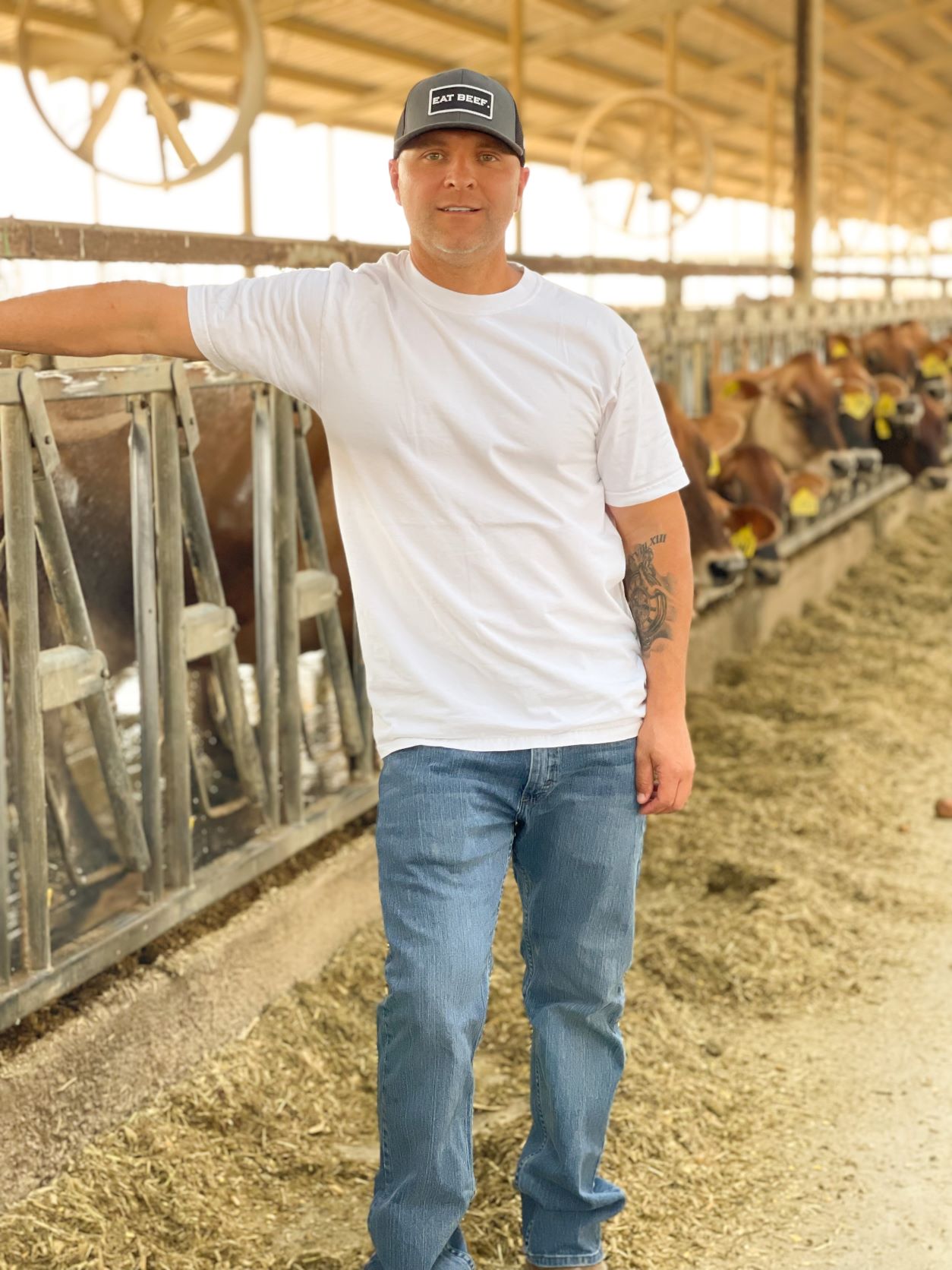Water Shortage is the Number One Concern for this California Dairy Producer

Even the recent historic high milk prices have been slightly overshadowed by the grain and forage costs that continue to climb. However, according to Ryan Junio, owner of Four J Jerseys in Pixley, Calif., feed costs take a backseat to the water supply, or lack-there-of, facing the Golden State.
“As a dairy producer, this is an ever-growing challenge and is my top concern,” Junio says.
The California water issue is complex and long-standing. Geoff Vanden Heuvel, the director of regulatory and economic affairs with the California Milk Producer Council, says the state of California was developed without any regulations on groundwater.
Vanden Heuvel shares that some of the surface water that used to come into the central Valley from northern California was diverted to the ocean to supposedly save fish. This goes back to the Endangered Species Act actions that were implemented in the early 90s.
“California has over-drafted about 2-million-acre feet on average over the years,” he says. “We had a crisis in 2014 with a drought and the state decided to regulate groundwater, which they probably should have done 50 years ago.”
Sustainable Groundwater Management Act
In 2014, California passed the sustainable grounder management act (SGMA) that required every part of the state that has groundwater to create a local governing agency and come up with plans to help build a roadmap for how groundwater basins will reach long-term sustainability by 2040.
Their sustainability plans were submitted in January 2020 and according to Vanden Heuvel, those different plans are starting to impose restrictions on groundwater pumping now.
“The depletion of groundwater has accelerated and it's starting to have a profound impact,” he says.
Golden State Dairy Farms
Thankfully, most California farmers have been able to plant crops this year, although the price of silage and hay has increased.
“I think they’ll have enough feed this year, although it's going to be really expensive this year,” Vanden Heuvel says. “With $25 milk, they can still afford to pay for feed, but there is growing concern that milk price drops and feed stays elevated. What do guys do then?”
“Over the last couple of weeks, I’ve continued to watch milk prices slip, while the high feed costs continue to hold their ground,” Junio says. “This is very concerning.”
Many California wells are being depleted or having to be lowered, according to Vanden Heuvel.
“We've mined tens of millions of acre-feet of water out of the ground over the last 30 to 40 years and that is really scary,” he says.
Vanden Heuvel shares that the water scarcity problem isn’t only isolated to the Golden State. Other states are facing growing water concerns.
Water Crisis Facing Other States, Too
“Lake Mead and Lake Powell both were full and over 27 million acres of feet of water each in ’99,” he explains. “Now, between the two, they got 15-million-acre feet of water and they're getting to a point where they're not going to be able to generate power because they're getting so low.”
Vanden Heuvel says that California has some fundamental issues, and they have more demand on the system.
“I’m reminded of what Churchill once said, “You can always count on Americans to do the right thing, but not until they've exhausted all the alternatives,’” he says. “We've kind of exhausted a lot of our alternatives, but technology and research will help us find a solution.”
In Pixley, Four J Dairy includes 11,000 registered Jerseys, with 4,200 milk cows and farms 1,600 acres that include alfalfa, corn, wheat and almonds. Junio reiterates the water scarcity issue facing his state is his number one concern.
“State regulations need to change, or we will be looking abroad to feed our country








